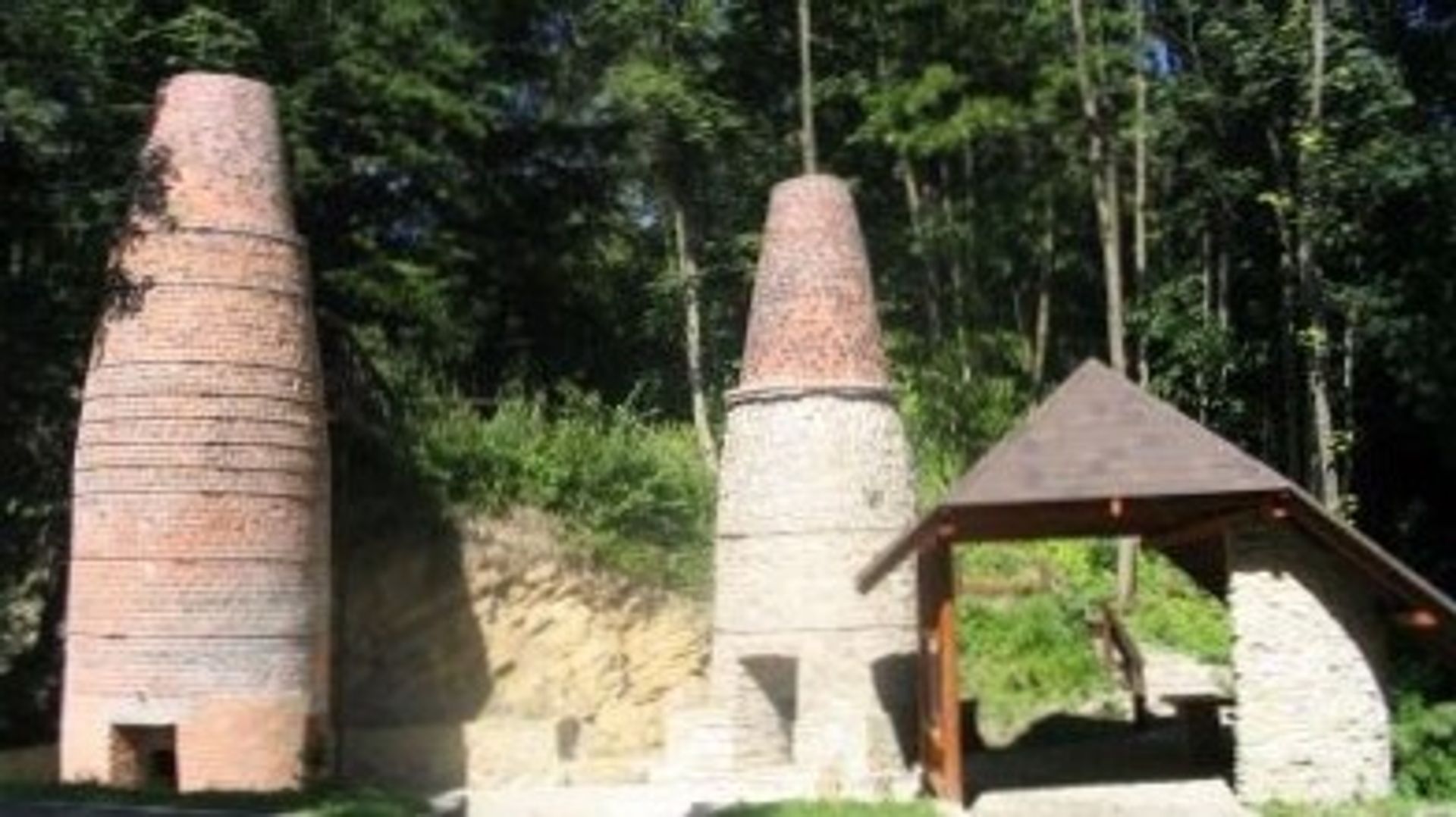Limestone pieces in Wędrynia
6.85

Overview
The limestone kilns in Větřní, located in the Czech Republic, are examples of traditional shaft kilns used for burning limestone into quicklime. Built in the early 19th century, they are not only an important element of local industrial architecture but also a symbol of regional cultural heritage. Větřní was known for its iron ore mining, for which lime was crucial in the steel production process. It is worth noting that geological research was also being conducted in the Carpathians at that time, which contributed to the development of this industry in the region. The two preserved kilns differ in construction material: the older, stone one is about 9 meters high, while the younger, brick one reaches 10 meters. Since the 1960s, the kilns have no longer been in operation, but thanks to ministerial funding, they have been restored, allowing visitors to learn about their history and relax in the natural surroundings. Thanks to local hiking trails, including a cross-border green trail that leads to these historic structures, they are now a popular tourist attraction. A unique aspect of the local culture is also the regional term for the kilns: "wopienky." These exceptional structures are not only a monument to the past but also a testament to the development of metallurgy in the region.
Location
Country
2025 Wizytor | All Rights Reserved